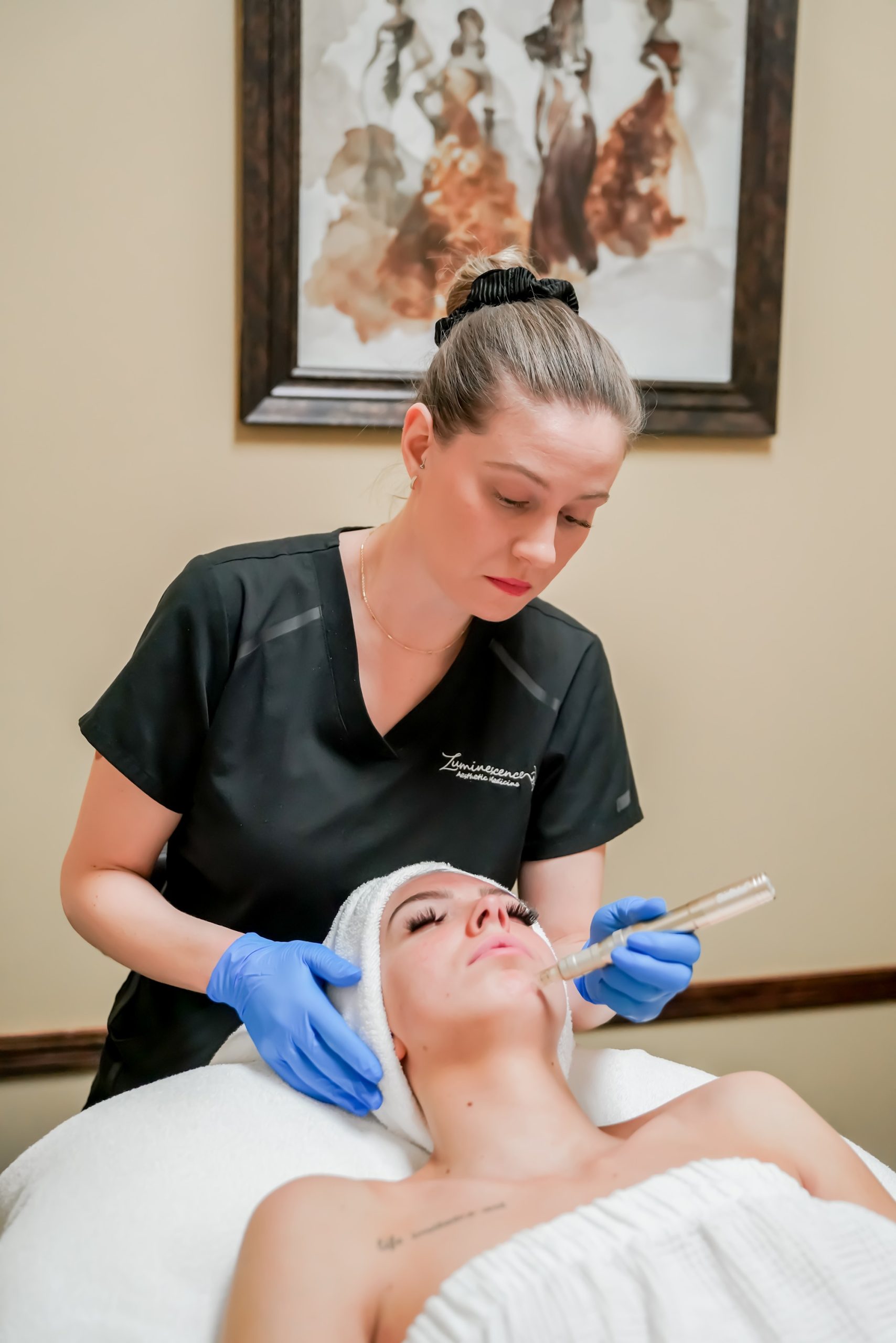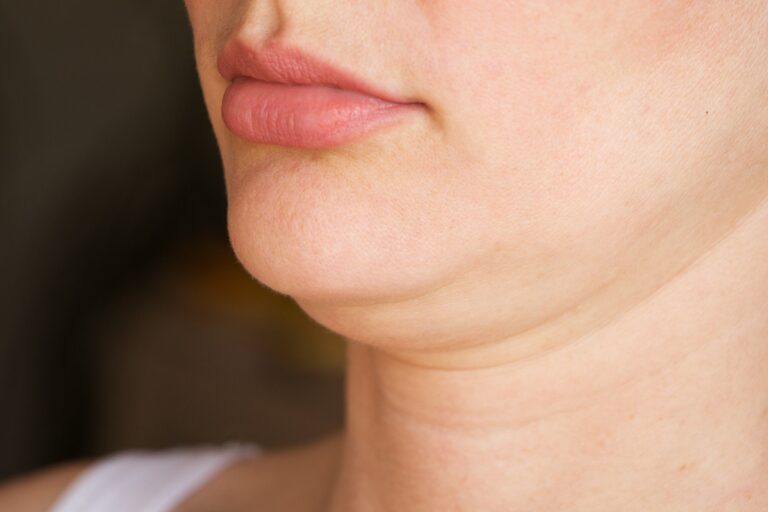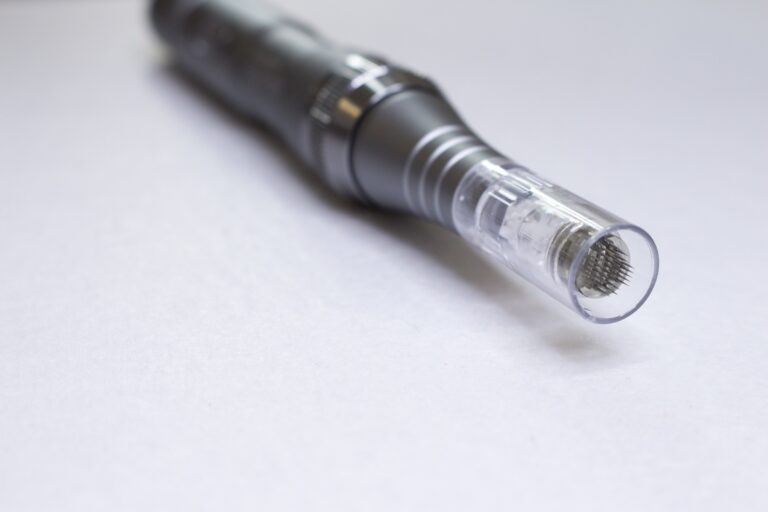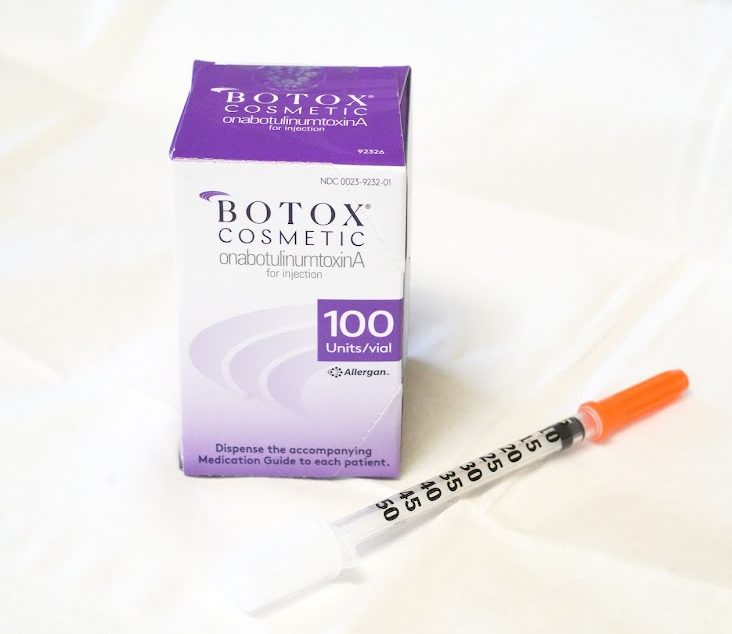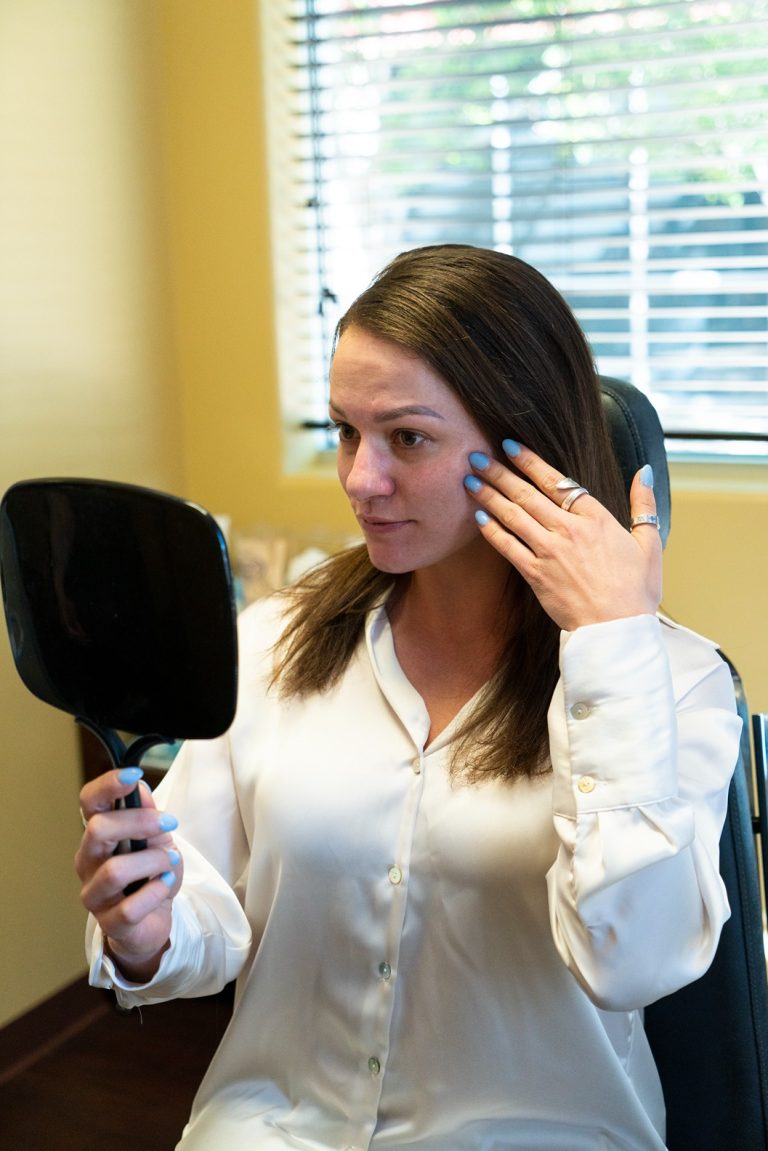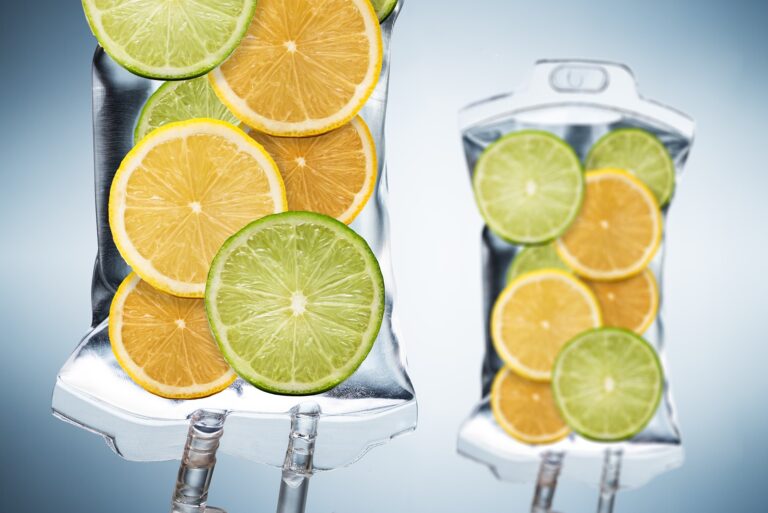Dermaplaning vs. Microdermabrasion: What’s The Difference?
Everyone wants a smooth, glowing complexion, and exfoliation is an excellent way to get that result. There are two popular in-office procedures you can try to reveal smooth, dewy skin, but which one is right for you? Dermaplaning and microdermabrasion are both forms of exfoliation, but they work in different ways.
The experts at Luminescence Aesthetic Medicine have experience with many procedures to give you the skin of your dreams. We’re familiar with how they work and the pros and cons of each. Let’s take a look at these two exfoliating options and what they can do for you.
What is MicroDermabrasion?
This treatment exfoliates the skin in one of two ways. One is diamond microdermabrasion, which uses a wand with a diamond tip. As the aesthetician moves it over the skin to remove the top layers of dead cells, the wand sweeps the loosened cells away with vacuum suction. Crystal microdermabrasion, on the other hand, exfoliates with a machine that shoots crystals at the surface of the skin. The crystals and dead skin cells are then vacuumed away.
Microdermabrasion provides deep exfoliation, leaving patients with a smooth, brightened complexion. The appearance of pores and fine lines is lessened, and it boosts collagen production. Removing the dead cells makes the skin feel softer and less dry.
This approach is effective, but it can be irritating to sensitive skin. People who have conditions that cause red skin, such as rosacea, should avoid microdermabrasion.
What is Dermaplaning?
With this type of exfoliation, an aesthetician uses a surgical blade to carefully scrape away the top layers of dead skin cells. This process also removes the fine hair on the face, known as vellus hair.
Dermaplaning also leaves your skin brighter and smoother, and it may increase collagen production. It can also help remove milia and comedones. With regular use, it can reduce the appearance of scars over time. Because the “peach fuzz” hair on the face is also removed, many people report that their makeup lays more smoothly on the skin for a flawless finish. Dermaplaning tends to be less irritating than microdermabrasion, and it can be done even if you have sensitive skin.
You will see the results of dermaplaning right away. It can be used as a single treatment, such as when you’re preparing for a special event. However, to maintain the results and get the most benefits, the procedure should be repeated every three to four weeks.
Is Dermaplaning Right for Me?
The best way to determine which option is the right choice for you is to speak with a qualified skincare specialist. They can assess the condition of your skin, talk about your treatment goals, and help you select the procedure that will work best for you.
What Is The Difference Between Microdermabrasion and Dermaplaning?
One thing to keep in mind is that dermaplaning is an effective way to exfoliate the skin and get the glow you’re looking for, and it tends to be less irritating. If you have sensitive skin or skin conditions, such as rosacea, it is probably the better choice for you.
Luminescence Aesthetic Medicine is Here for Your Skin Care Needs
Whatever treatments you may be considering, the experts at Luminescence are here to help you look and feel your best. We only use the most effective, proven treatments, and we have the experience needed to give you the best results. If you live in Chandler, Arizona, or the greater Phoenix area, we invite you to schedule an appointment today. Let us show you how we can pamper you and give you a youthful glow.
